#Merritt B. Gerstad
Text





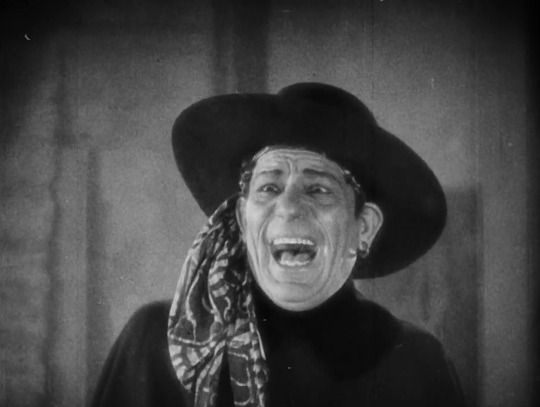

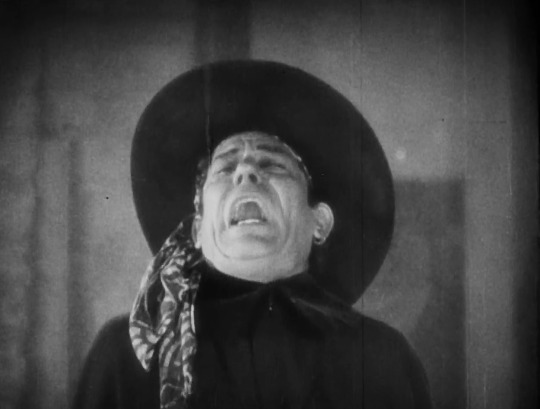


The Unknown (Tod Browning, 1927).
#the unknown#the unknown (1927)#tod browning#lon chaney#joan crawford#norman kerry#merritt b. gerstad#harry reynolds#errol taggart#richard day#cedric gibbons
17 notes
·
View notes
Photo
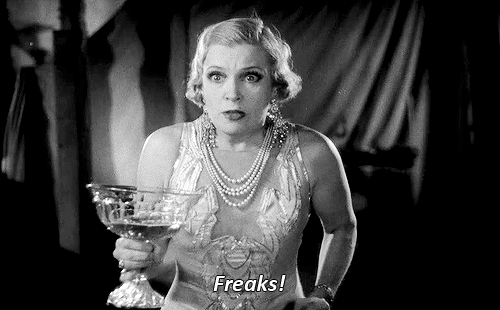
Freaks (1932, US)
• Dirección: Tod Browning
• Guion: Willis Goldbeck, Leon Gordon
• Cinematografía: Merritt B. Gerstad
• Cast: Olga Baclanova
#Película#Gif#Terror#Blanco y negro#La parada de los monstruos#Película de culto#Tod Browning#Willis Goldbeck#Leon Gordon#Merritt B. Gerstad#Olga Baclanova#Film#Cult Movie#Freaks#Black and White#Horror Movie#Cult Film#Cleopatra#1932#30s
30 notes
·
View notes
Text
Dread by the Decade: Freaks
👻 You can support or commission me on Ko-Fi! ❤️
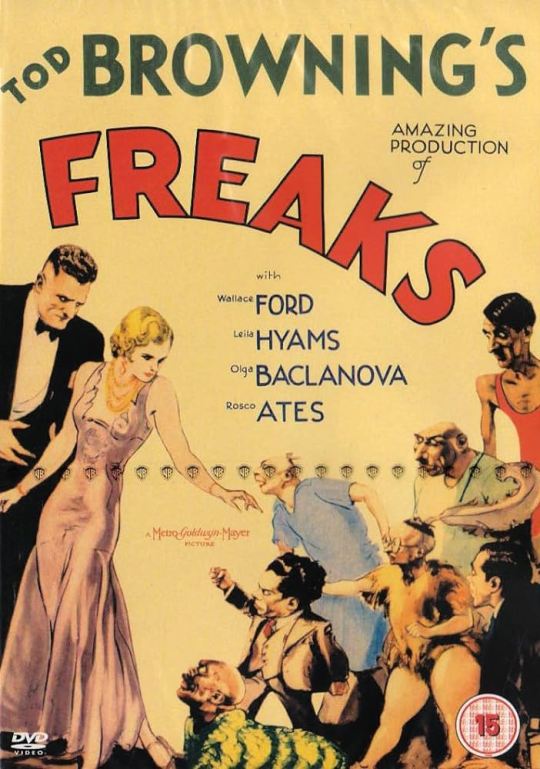
Source Material: "Spurs" by Tod Robbins
Year: 1932
Genre: Psychological Horror
Rating: Unrated (Recommended: PG-13)
Country of Origin: United States
Language: English
Runtime: 1 hour 4 minutes

Director: Tod Browning
Cinematographer: Merritt B. Gerstad
Editor: Basil Wrangell
Writers: Willis Goldbeck, Leon Gordon
Cast: Wallace Ford, Leila Hyams, Olga Baclanova, Henry Victor, Harry Earles, Daisy Earles, Daisy Hilton, Violet Hilton, Roscoe Ates, Rose Dione
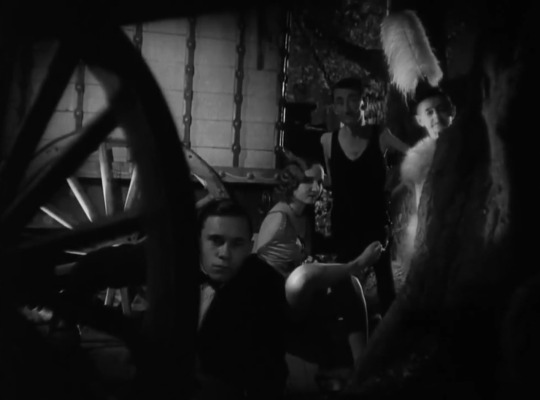
Plot: A group of sideshow performers must protect their friend when he falls in love with a cruel trapeze artist.
Review: Shockingly forward-thinking for its time and genre, it humanizes its disabled cast and making human cruelty, instead, the source of its horror.
Overall Rating: 4/5

Story: 4/5 - An emotional one of exploitation and the loving communities that can be built in spite of it. Its main drawback is that some subplots are left unfinished.
Performances: 3/5 - Many cast members were not professional actors, which sometimes shows. Overall, though, most are charming, and Baclanova and Victor are suitably vile. Daisy Earles' scene of heartbreak at the wedding feast is a standout.
Cinematography: 4/5 - Good framing, lighting, and camera work.
Editing: 3/5 - Occasionally a little disjointed.

Effects: 4.5/5 - The rain is realistic and a penultimate scene at the end looks surprisingly solid.
Sets: 4.5/5 - The circus itself is barely shown, with sets instead consisting of the performers' lovingly personalized caravans.
Costumes & Make-Up: 4.5/5 - Quality costumes and make-up.
youtube
Trigger Warnings:
Mild violence
Mutilation (not shown)
Domestic abuse
Ableism (largely critiqued by the film)
Misogyny (uncritically perpetuated)
20 notes
·
View notes
Text
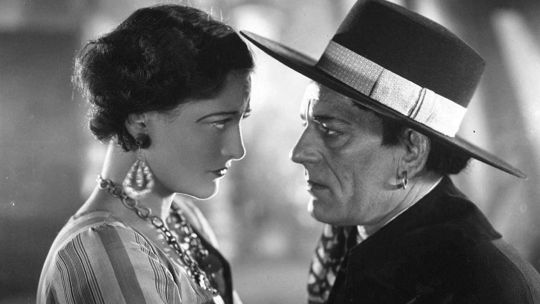
Joan Crawford and Lon Chaney in The Unknown (Tod Browning, 1927)
Cast: Lon Chaney, Joan Crawford, Norman Kerry, Nick De Ruiz, John George, Frank Lanning. Screenplay: Tod Browning, Waldemar Young, based on a novel by Mary Roberts Rinehart; titles: Joseph Farnham. Cinematography: Merritt B. Gerstad. Art direction: Richard Day, Cedric Gibbons. Film editing: Harry Reynolds, Errol Taggart.
One of the kinkier movies in the Lon Chaney filmography, The Unknown betrays its pre-Code nature very early. It's set in a circus where we see women in the audience ogling a performance by the strong man, Malabar (Norman Kerry). But the mother of one of the oglers, sitting across the aisle, hisses at her son to "go home and take off that dress." Chaney plays Alonzo, whose knife-throwing act involves his lovely assistant, Nanon (Joan Crawford), the daughter of the money-grubbing Zanzi (Nick De Ruiz), owner of the circus. What makes Nanon's job more perilous is that Alonzo throws the knives with his feet, being armless. Eventually Alonzo's attraction to Nanon will involve murder, dismemberment, and a love triangle in which Alonzo almost tears his rival, Malabar, to pieces. Chaney's gift for physical transformation reaches a new peak in the movie, which requires him to do everything from throwing knives to drinking from a teacup with his toes. In fact, although Chaney learned to do many of these things, some of the actions were performed by his body double, Paul Desmuke, who was in fact armless. Careful camera manipulation kept Chaney's upper body in the frame as Desmuke actually lit cigarettes and threw knives with his feet. The Unknown was one of Crawford's earliest featured performances, in a role that MGM originally wanted Greta Garbo to play. She's still a little raw as an actress, but her presence outshines that of her leading man, Kerry, whose career fizzled as hers ignited. The Unknown, one of eight movies director Tod Browning made with Chaney, lacks the sympathy for the physically divergent of Browning's most notorious film, Freaks (1932), although Alonzo's dwarf assistant, Cojo (John George), sometimes serves as the moral corrective to Alonzo's schemes.
5 notes
·
View notes
Video
<strong>A Certain Young Man (1928 / Metro-Goldwyn-Mayer) (Sweden) 1 sheet <a href="https://www.flickr.com/photos/klaatucarpenter/">by KlaatuCarpenter</a></strong> <br /><i>Via Flickr:</i> <br />The poster illustration is by Eric Rohman.
#Eric Rohman#Sweden#Ramon Novarro#Marceline Day#Renée Adorée#Carmel Myers#Hobart Henley#Marian Ainslee#Donna Barrell#Doris Bureel#Bela Sekely#Ruth Cummings#Roy Horniman#Bellamy the Magnificent; story#Merritt B. Gerstad#Cedric Gibbons#Merrill Pye#silent#black & white#movie poster#illustration#1920s#fashion#movies#magazine
18 notes
·
View notes
Photo


Freaks, Tod Browning (1932)
Cinematography: Merritt B. Gerstad
| USA
5 notes
·
View notes
Photo

“Freaks” (1932), Dir: Tod Browning, DoP: Merritt B. Gerstad
#freaks#tod browning#merritt gerstad#vintage#filmmaking#30s#cinematography#film frames#movie frames#framegrabs#filmschool#nofilmschool#directing#still frame
4 notes
·
View notes
Photo










Freaks (Tod Browning, 1932).
#freaks (1932)#tod browning#daisy hilton#violet hilton#hilton sisters#merritt b. gerstad#basil wrangell#cedric gibbons#merrill pye#freaks
288 notes
·
View notes
Photo

FREAKS (1932) DoP: Merritt B. Gerstad | Dir: Tod Browning
0 notes
Photo

A Night at the Opera (1935) was photographed by Merritt B Gerstad. Merritt had 78 cinematography credits 1920-1945. His only other film among the best 1,001 is Freaks. His other highlights are Imitation of Life (1934) and best picture Oscar winner The Great Ziegfeld.
0 notes
Text

Freaks (Tod Browning, 1932)
Cast: Wallace Ford, Leila Hyams, Olga Baclanova, Roscoe Ates, Henry Victor, Harry Earles, Daisy Earles, Rose Dione, Daisy Hilton, Violet Hilton. Screenplay: Willis Goldbeck, Leon Gordon, based on a story by Clarence Aaron "Tod" Robbins. Cinematography: Merritt B. Gerstad. Art direction: Cedric Gibbons, Merrill Pye. Film editing: Basil Wrangell.
Possibly the most unorthodox film ever made by a major Hollywood studio, let alone one made by MGM, a studio known for glossy entertainments. It was a kind of disaster when it was first released, subjected to censorship and deep cuts before being re-released, and even then widely panned, derided, and snubbed by critics and audiences. It could almost certainly not have been made after the introduction of the Production Code. It's a unique and unclassifiable movie that's usually treated as a horror film, but not easily filed away in that category. Its acceptance today as a classic, deserving its place in the National Film Registry as one of the most important American films, is largely the result of changing attitudes toward human diversity and difference, including the rejection of "eugenics," the pseudoscience that promoted the idea that only those deemed physically and mentally superior should be allowed to breed. As a movie, it's sometimes not particularly well acted and the central plot -- the trapeze artist Cleopatra (Olga Baclanova) marries the dwarf Hans (Harry Earles) and then poisons him to try to get her hands on his inheritance -- is trite, though Cleopatra's comeuppance is effectively gruesome to say the least. But the movie is atmospherically staged and filmed, and the central theme of our common humanity prevails.
5 notes
·
View notes
Text
Imitation of Life (1934)
BBBB (out of 5) The Douglas Sirk remake of 1959 is better known, but Fannie Hurst’s novel about ambition, friendship and racism was first adapted by Hollywood in 1934. Claudette Colbert expertly plays a widow with a little girl who maintains her late husband’s work as a traveling salesperson, her fortune actually improved when she takes in a maid (Louise Beavers) who has a little daughter of her…
View On WordPress
#Academy Award 1934#Alan Hale#Carl Laemmle Jr.#Charles D. Hall#Claudette Colbert#Fannie Hurst#Fredi Washington#Heinz Roemheld#Henry Armetta#John M. Stahl#Juanita Quigley#Louise Beavers#Maurice Wright#Merritt B. Gerstad#Ned Sparks#Philip Cahn#Rochelle Hudson#Travis Banton#Universal Pictures#Warren William#William Hurlbut#Wyndham Standing
0 notes
Photo

Our Blushing Brides. 1930.
Directed by Harry Beaumont (uncredited).
Cinematography by Merritt B. Gerstad.
#Harry Beaumont#our blushing brides#1930#Merritt B. Gerstad#cinema#old cinema#movies#cine#Black and White#black and white movies#black and white film stills#black and white movie stills#black and white film still#35mm#flapper#Joan Crawford#film#film stills#film still#cinematography#cinematografía#cinematografia#blanco y negro#monochrome#30s#20s
6 notes
·
View notes
Text
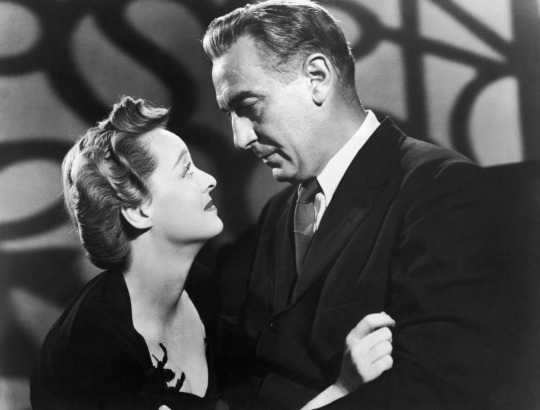
Bette Davis and Paul Lukas in Watch on the Rhine (Herman Shumlin, 1943)
Cast: Bette Davis, Paul Lukas, Geraldine Fitzgerald, Lucile Watson, Beulah Bondi, George Coulouris, Donald Woods, Henry Daniell. Screenplay: Dashiell Hammett, based on a play by Lillian Hellman. Cinematography: Merritt B. Gerstad, Hal Mohr. Art direction: Carl Jules Weyl. Film editing: Rudi Fehr. Music: Max Steiner.
Paul Lukas has the dubious distinction of being one of those Oscar anomalies, a longtime supporting player who suddenly gets thrust into a leading role that wins him the award for best actor. His competition included Gary Cooper in For Whom the Bell Tolls (Sam Wood), Walter Pidgeon in Madame Curie (Mervyn LeRoy), and Mickey Rooney in The Human Comedy (Clarence Brown). Oh, and Humphrey Bogart in Casablanca (Michael Curtiz), the one performance that everyone remembers. Lukas had plenty of opportunities to attract attention before: He had begun acting in movies in his native Hungary in 1915, and after coming to Hollywood had appeared in numerous films, playing Professor Bhaer opposite Katharine Hepburn in Little Women (George Cukor, 1933) and the sinister Dr. Hartz in The Lady Vanishes (Alfred Hitchcock, 1938), for example. He had played the role of Kurt Muller, the coordinator of resistance movements against the Nazis, in the original Broadway production of Watch on the Rhine in 1941, so he was a natural choice for the film version, though he landed the role only after the actor producer Hal Wallis wanted, Charles Boyer, was unavailable. As often happens, the Oscar was no step toward better roles in movies, and Lukas spent much of his later career on stage, though he continued to appear on film and TV up till his death in 1971. The play was written by Lillian Hellman, whose lover, Dashiell Hammett, did the screenplay with some input from her. Unfortunately, the result is less a movie than a sermon about doing one's patriotic duty in the struggle against fascism. It didn't help that Wallis hired the play's director, Herman Shumlin, for the film: Shumlin had never directed a movie and had to be assisted throughout by cinematographer Hal Mohr. He was also unable to rein in Bette Davis, who is miscast as the noble and dutiful wife and has a tendency to slip into some of her familiar and caricaturable mannerisms in the film.
2 notes
·
View notes
Photo

Groucho Marx and Kitty Carlisle in A Night at the Opera (Sam Wood, 1935)
Cast: Groucho Marx, Chico Marx, Harpo Marx, Kitty Carlisle, Allan Jones, Sig Ruman, Margaret Dumont, Walter Woolf King. Screenplay: George S. Kaufman, Morrie Ryskind, James Kevin McGuinness. Cinematography: Merritt B. Gerstad. Art direction: Cedric Gibbons. Film editing: William LeVanway. Music: Herbert Stothart.
Verdi's Il Trovatore is one of my favorite operas, but it only works if it's performed by a cast willing to give it their all. To see what I mean, try to find the live recording from the 1962 Salzburg Festival conducted by Herbert von Karajan and starring Leontyne Price, Franco Corelli, Ettore Bastianini, and Giulietta Simionato. Thrill to Price and Corelli in a duel of high notes, Corelli and Bastianini trying to out-ham each other, and Simonato camping the hell out of Azucena. That's what opera is all about and why it's such a natural target for the Marx Brothers. A Night at the Opera is not my favorite of their films, however. It was made after they left Paramount for MGM, where Irving G. Thalberg seemed determined to file down the team's rough edges, Louis B. Mayer didn't get their jokes, and the direction was assigned to Sam Wood, who earned his surname honestly. So we get an insipid romance between the opera singers played by Kitty Carlisle and Allan Jones, who are allowed to do the "Miserere" scene straight-faced, and one of those gooey musical interludes in which Chico and Harpo are allowed to charm a bunch of kids with their piano and harp playing. For many, the comic highlight of the film is the stateroom scene, in which much of the cast is crammed into a tiny space, but I'm afraid too many viewings have left me cold to it. But I will never grow cold to Groucho, who rises above all inanities. Any moment he's on screen cracking wise is golden. The rest ranges from silver to Wooden.
4 notes
·
View notes
Photo


Freaks, Tod Browning (1932)
Cinematography: Merritt B. Gerstad
| USA
#Freaks#La Monstrueuse parade#Tod Browning#Rose Dione#B & W#Shame#Fear#Groups#Family#Landscapes#1932
7 notes
·
View notes